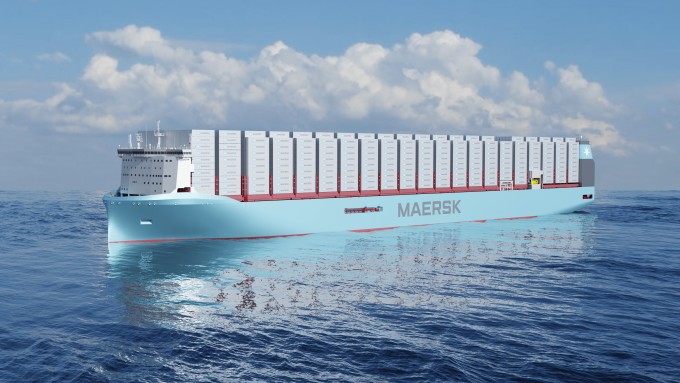Cambodia-Thailand spat sees land border closed, but ports remain open
Cambodia and Thailand’s ocean-based trading links appear to have remained open, despite a deteriorating political ...

However well-intentioned, early investment in shipping biofuels may be misguided, according to the latest study by consultancy UMAS.
Released today, Cost of Zero Emissions Container Freight Shipping: a study on selected deepsea and shortsea routes, gives headline figures of a 17-50% increase ...


Comment on this article